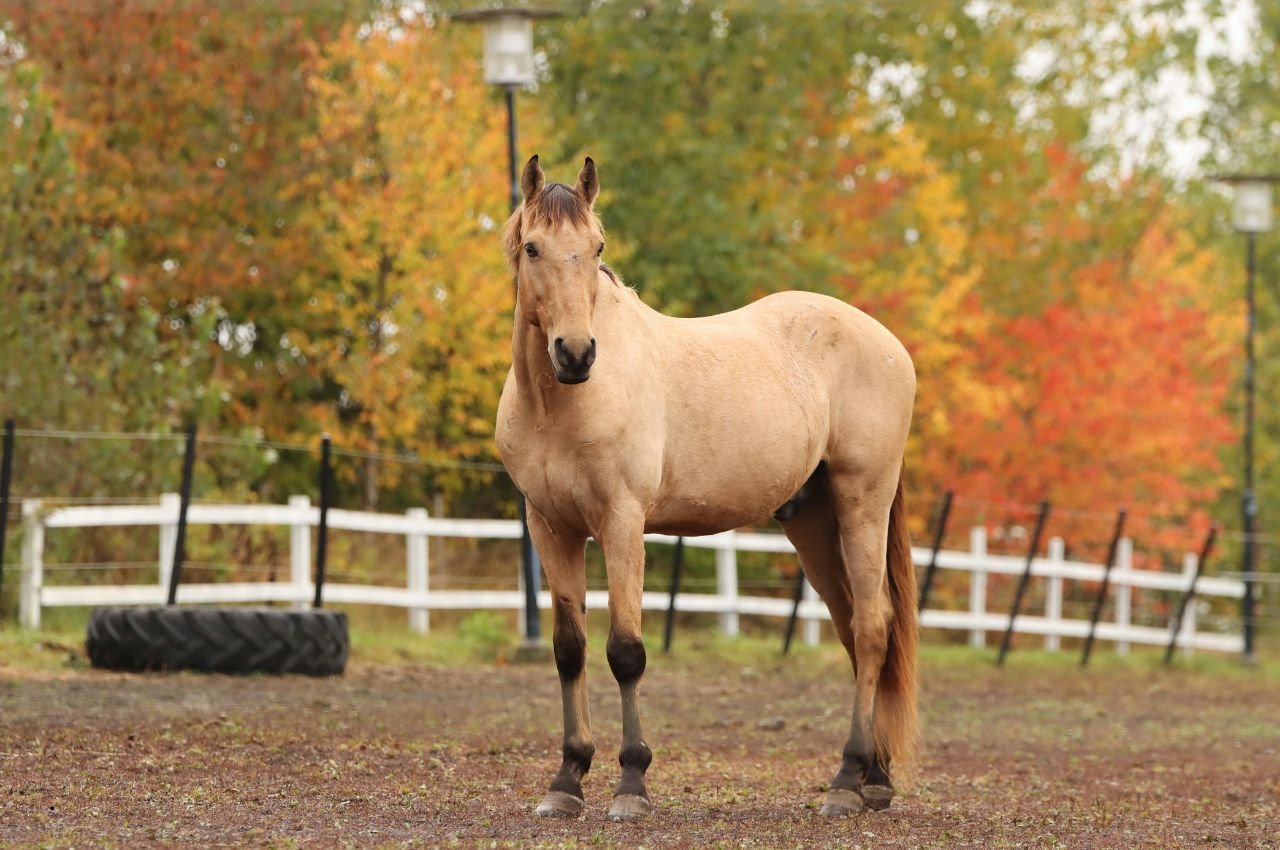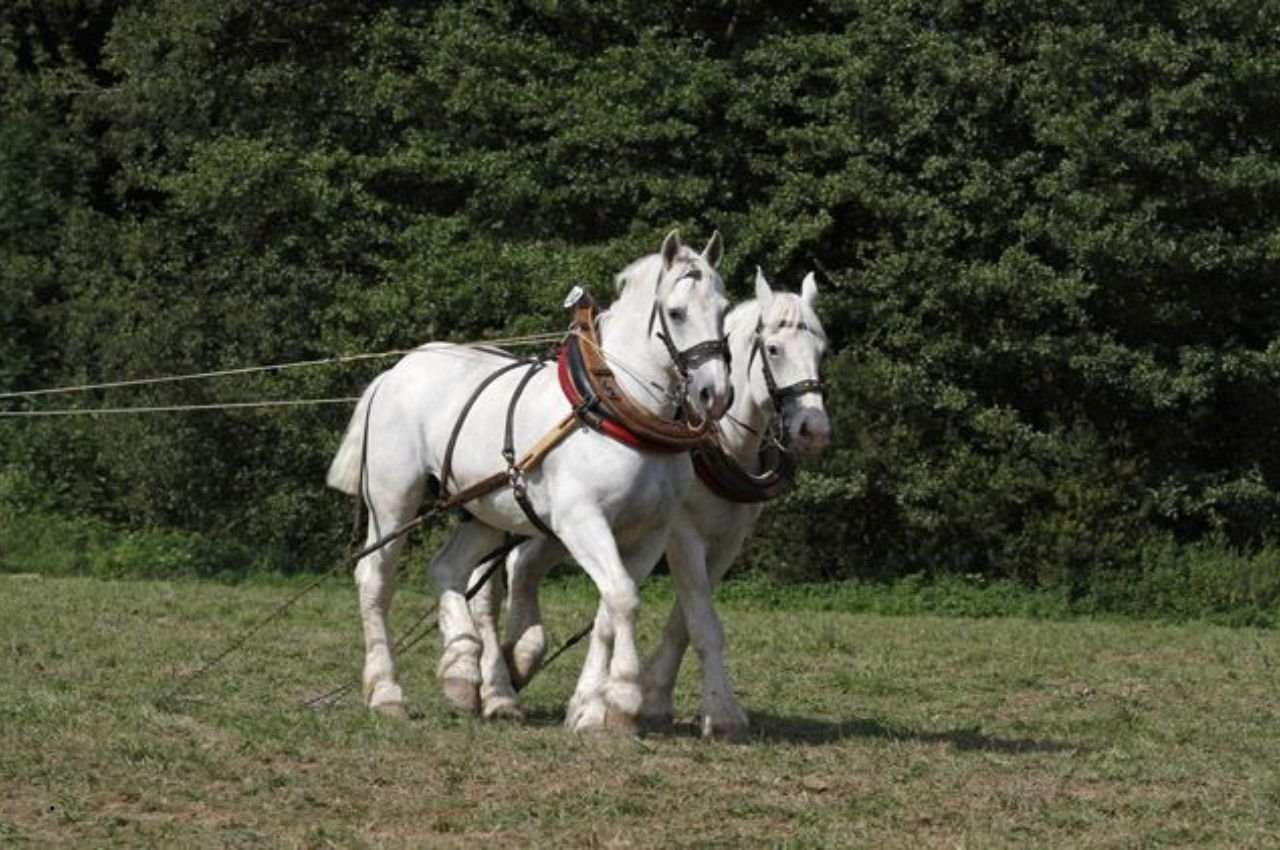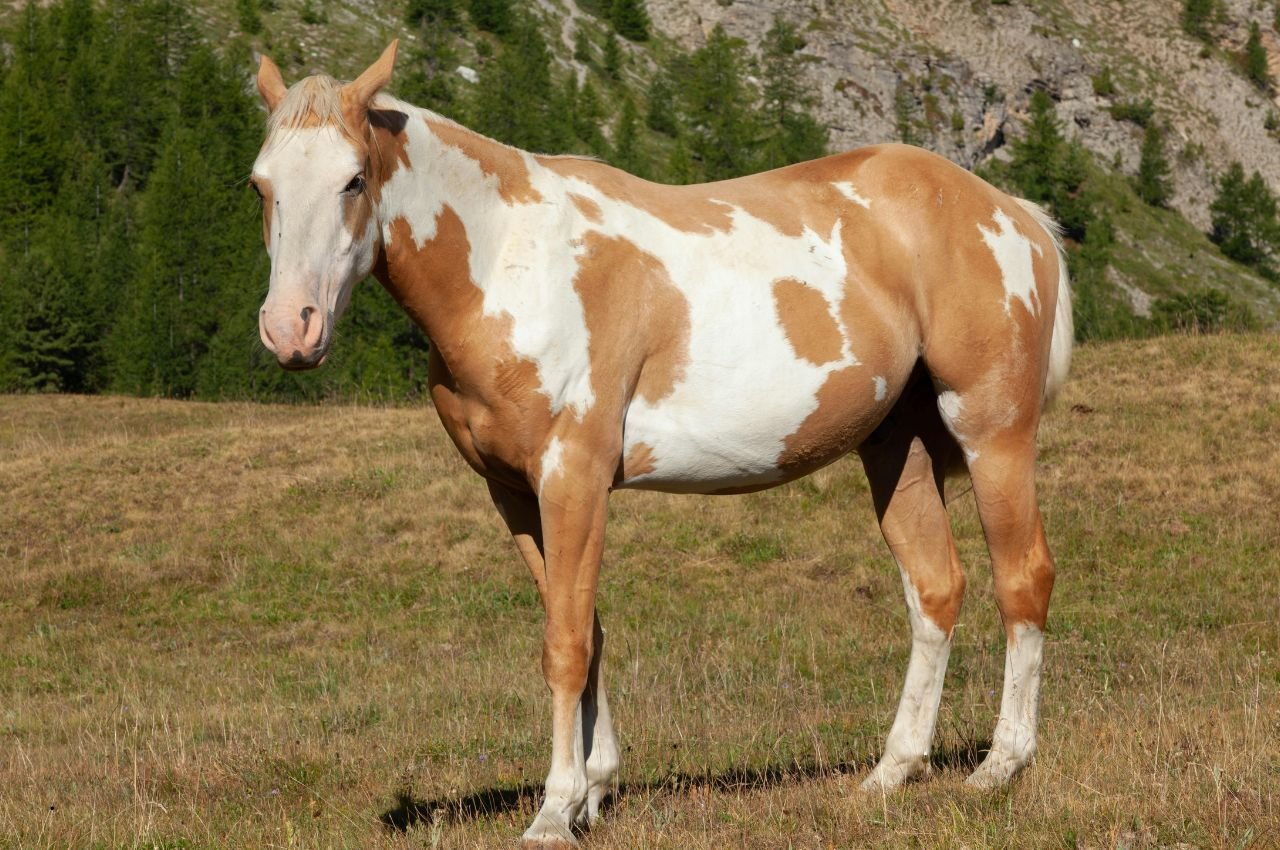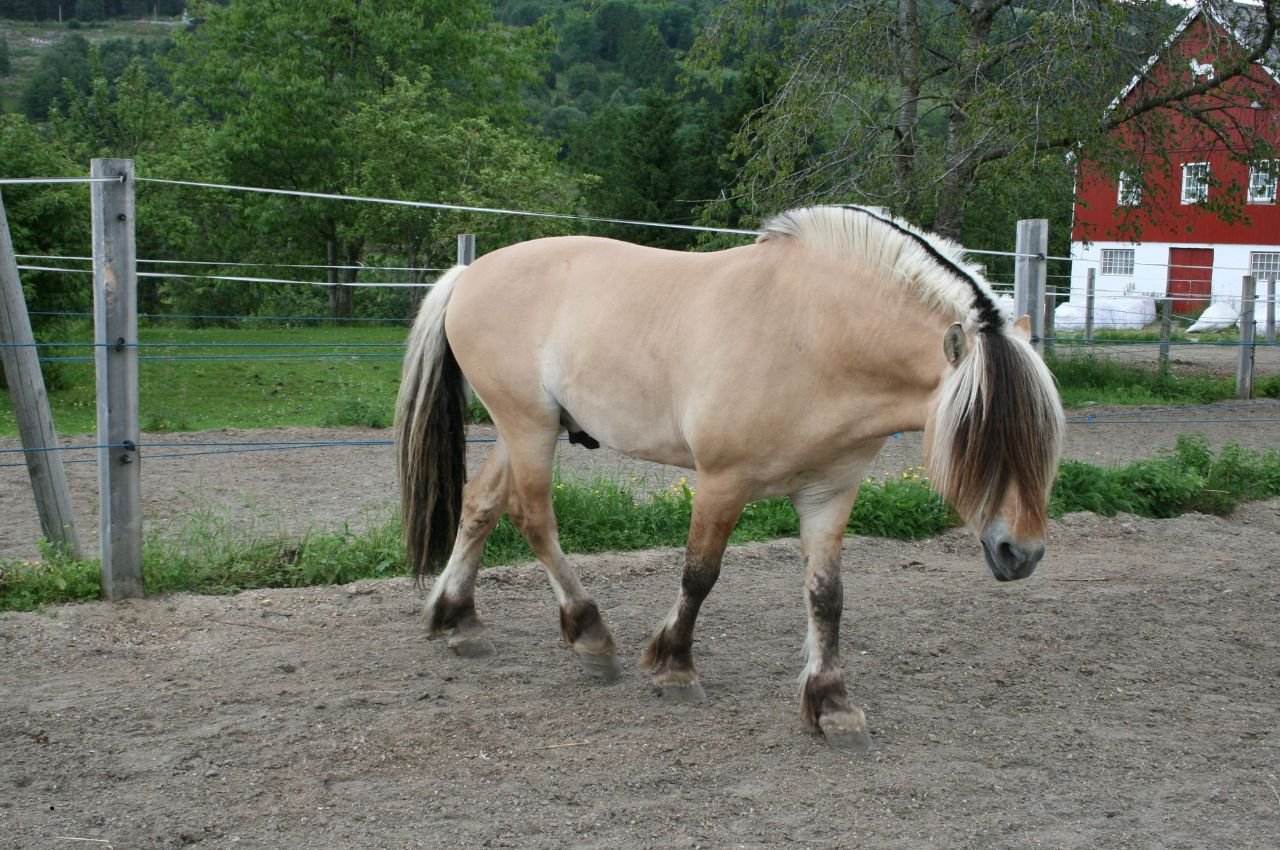Just like humans, horses rely on their skin as a vital first line of defense against environmental threats, parasites, and infections. When skin problems go unnoticed or untreated, they can lead to discomfort, reduced performance, and even serious medical conditions.
Maintaining horse skin health isn’t just about a shiny coat — it’s about preventing disease, detecting issues early, and supporting your horse’s overall wellbeing. From grooming habits to nutrition and environment, many factors contribute to healthy skin. In this blog, we explore 8 detailed and proven ways to prevent skin infections and protect your horse’s skin year-round.
Table of Contents
Keep Your Horse’s Skin Clean and Dry for Optimal Skin Health
The most basic yet essential part of managing horse skin health is cleanliness. Horses naturally roll, sweat, and accumulate dust or mud, all of which can lead to skin irritation and microbial growth when not addressed.
Why it matters:
Moisture, especially when trapped under tack or dirt, creates a perfect environment for bacterial and fungal infections such as rain rot, mud fever, or pastern dermatitis.
Best practices:
- Groom your horse daily with clean brushes to remove sweat, mud, and debris.
- After bathing or heavy sweating, ensure the horse is thoroughly dried — particularly in cooler weather.
- Avoid leaving wet tack or blankets on your horse’s back for extended periods.
Tip: Use antibacterial or antifungal shampoos occasionally if your horse is prone to skin infections — but not too often, as this may strip natural oils.
Regular Inspections Are Crucial for Horse Skin Health
Skin issues often start small — a patch of hair loss, a tiny bump, or a minor abrasion. If caught early, many infections can be easily treated or even prevented altogether.
What to look for:
- Bald spots, scabs, crusty lesions, or flaking skin.
- Swelling, oozing sores, or foul-smelling areas.
- Excessive rubbing or scratching, especially at the tail base, mane, or under the belly.
Daily routine:
Incorporate a thorough visual and tactile skin inspection during grooming. Gently part the hair in various spots to check hidden areas like the girth area, under the jaw, between hind legs, and the fetlocks.
Create a Clean and Dry Environment to Support Horse Skin Health
Your horse’s living conditions have a direct impact on horse skin health. Wet, dirty, or poorly ventilated stalls and paddocks create constant exposure to moisture, manure, and harmful microorganisms.
Environmental tips:
- Clean stalls daily and replace soiled bedding with dry, dust-free material.
- Use rubber mats with bedding on top to keep the floor drier.
- In paddocks or fields, improve drainage to avoid standing water and muddy conditions.
Tip: During wet seasons, consider leg wraps or waterproof boots to protect against mud fever — but remove them daily to avoid trapping moisture.
Use Effective Fly and Parasite Control to Protect Horse Skin Health
Flies, ticks, lice, and mites can damage the skin directly or transmit bacteria that lead to infections.
Protection methods:
- Apply equine-safe fly sprays daily in warm months.
- Use fly masks, sheets, and leg wraps for physical protection.
- Keep manure picked up and use fans in barns to deter insects.
- Maintain a regular deworming and parasite control program recommended by your vet.
Did you know? Some horses suffer from sweet itch, an allergic skin reaction caused by midge bites. Prevention is key, as scratching can lead to severe secondary infections.
Support Horse Skin Health with Proper Nutrition
Nutrition plays a powerful role in maintaining healthy skin and coat. Deficiencies in certain nutrients can weaken the skin’s barrier function and immune response.
Key nutrients for skin health:
- Omega-3 fatty acids: Reduce inflammation and promote a shiny coat. Found in flaxseed or fish oil.
- Zinc: Vital for skin regeneration and wound healing.
- Biotin: Often used for hoof health, but also supports healthy skin and hair growth.
- Vitamin A & E: Strengthen the immune system and maintain skin elasticity.
Feed advice:
- Provide a balanced diet tailored to your horse’s age, workload, and medical history.
- Consider a high-quality coat or skin supplement, especially during seasonal coat changes or dry weather.
Avoid Overbathing to Preserve Natural Oils and Promote Horse Skin Health
It’s tempting to wash your horse frequently, especially in summer, but overbathing can do more harm than good.
Why overbathing is harmful:
- Strips natural protective oils from the skin.
- Disrupts the skin’s microbiome, making it easier for infections to take hold.
Best bathing practices:
- Bathe only when necessary — such as after heavy sweating or before a show.
- Always use pH-balanced, equine-specific shampoos.
- Rinse thoroughly to remove all product residue.
- Dry the horse completely, especially in cooler temperatures.
Promptly Treat Wounds to Prevent Compromising Horse Skin Health
Even minor nicks and scratches can escalate into serious infections if not managed properly. Bacteria, dirt, or insects entering an open wound can lead to conditions like cellulitis, abscesses, or systemic infections.
Wound care tips:
- Clean fresh wounds with saline or diluted antiseptic solution.
- Apply a wound ointment or barrier cream.
- Cover if necessary but allow wounds to breathe if healing well.
- Monitor for signs of swelling, heat, or discharge — these require veterinary attention.
Quarantine New Horses and Disinfect Equipment to Safeguard Horse Skin Health
Contagious skin infections such as ringworm or lice infestations can spread rapidly through shared grooming tools, tack, or close horse-to-horse contact.
Preventive steps:
- Isolate new horses for at least 2 weeks.
- Use separate grooming tools, blankets, and halters.
- Disinfect brushes, saddle pads, and tack regularly using antibacterial solutions.
- Don’t share gear at shows or clinics unless it’s been properly cleaned.
Conclusion
Protecting horse skin health is about more than just grooming — it’s a complete approach involving hygiene, nutrition, environment, and early detection. A shiny coat is a great sign, but the real goal is skin that functions as a strong, resilient barrier against infection and disease.
By following these 8 expert-backed tips, you’ll not only prevent common skin infections but also enhance your horse’s comfort, appearance, and performance. Remember, healthy skin equals a healthier horse.







